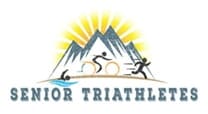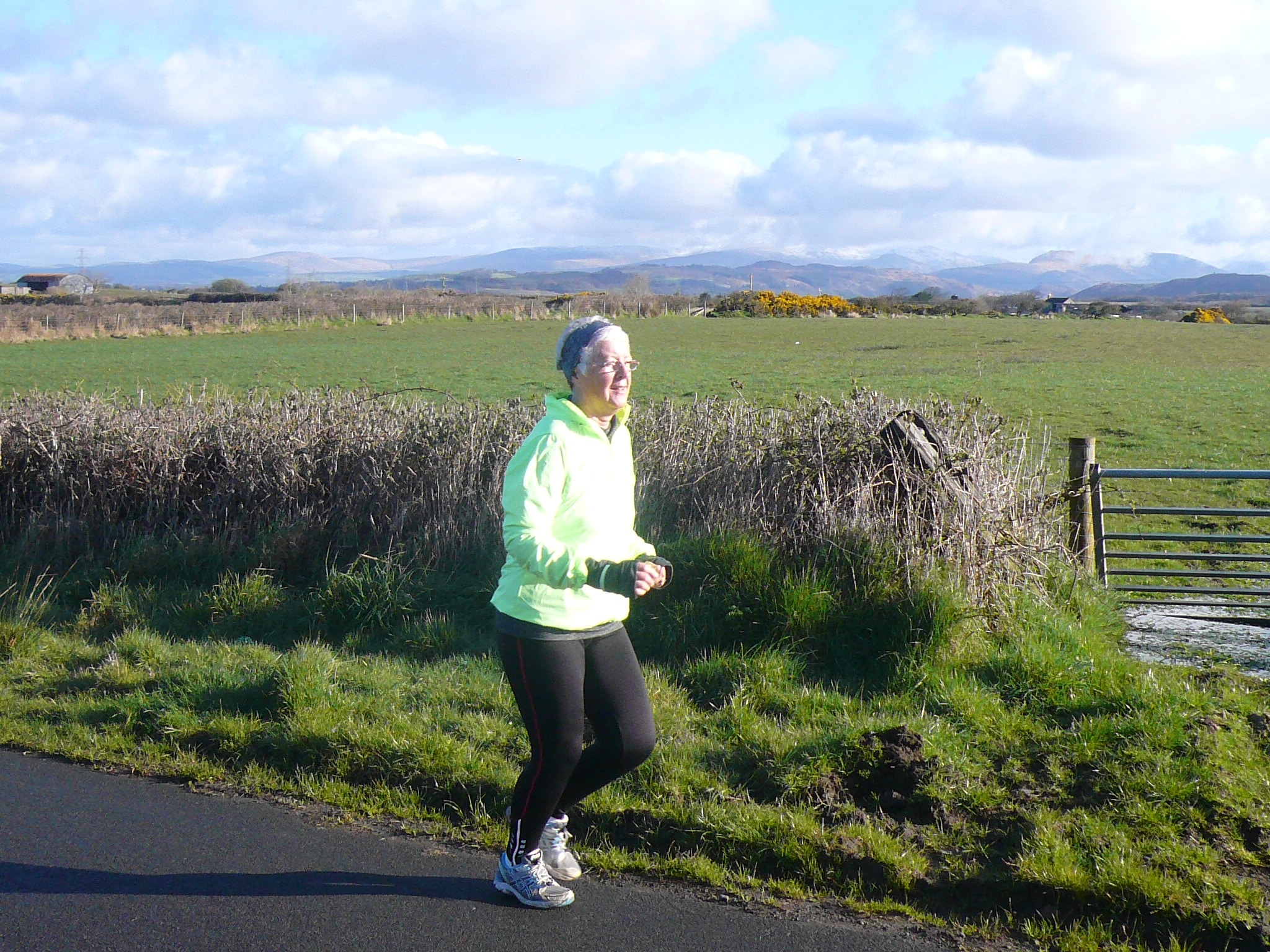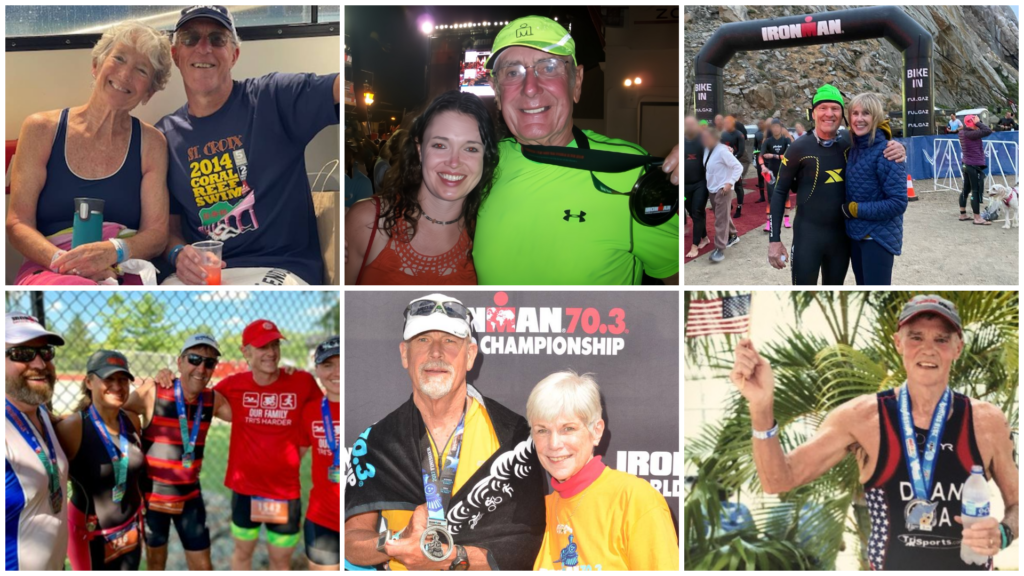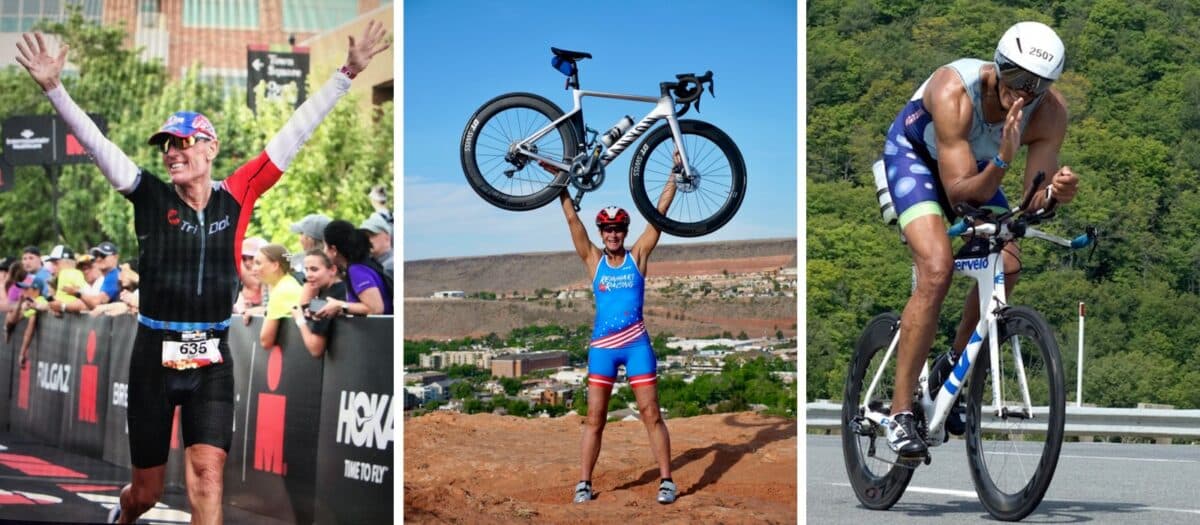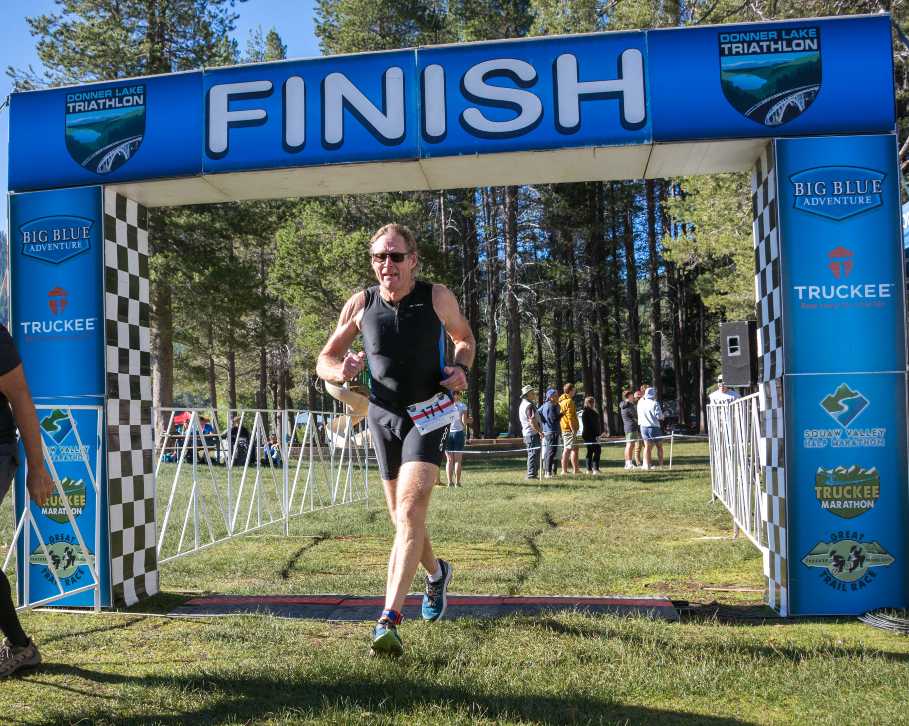Practical and Purposeful Return to Running for Senior Triathletes
by Kurt Madden
As an active senior, there may come a time when you find yourself needing to pause your regular running routine. Whether it’s due to an injury, a family commitment, extensive travel, or simply needing a mental and physical reset, stepping away from running—even for just a few weeks—can feel like you’re losing momentum.
But here’s the truth: taking a break doesn’t mean you’re starting over. In fact, with the right mindset, a thoughtful strategy, and a bit of grit, returning to running can feel like a powerful act of renewal—one that rekindles your passion, restores your rhythm, and reconnects you to your purpose as an athlete.
As you prepare to lace up your shoes again, consider the following five key questions to guide your journey:
- How often and how far should I run?
- What type of running route works best at this stage?
- What gear updates should I make before returning?
- How should I modify my nutrition to support recovery and performance?
- What supplemental activities will enhance my overall fitness and enjoyment?
Let’s break each one down and provide a roadmap that blends science with experience, practicality with inspiration.
1. Start with Durability, Not Distance
The key to an effective return to running is durability—not speed, not even distance. Durability means your body can absorb the impact of running without breaking down. That requires a patient build-up of your aerobic base and the strengthening of muscles, tendons, ligaments, and bones.
After a month or more away, begin with 15 to 20 minutes of running three times per week. Keep your pace comfortable—Zone 2 pace is ideal. This zone allows you to carry on a conversation, stay aerobic, and build cardiovascular endurance with less stress.
After two weeks of this routine:
- Week 3–4: Increase runs to 25–30 minutes
- Week 5–6: Bump up again to 35–40 minutes
Let time, not miles, guide your progress. And remember running more isn’t always better. What’s best is consistent, smart training that supports longevity.
2. Choose Gentle, Enjoyable Routes
The terrain you run on matters—especially as you return to the sport. Running on softer surfaces like grass, dirt, or well-maintained trails can ease stress on your joints and help your body adapt gradually.
If you’re in a neighborhood with primarily asphalt roads, mix in segments of trail or park pathways when possible. Choose routes with gentle inclines and rolling terrain to naturally build strength without the pounding that comes from steep hills or hard surfaces.
Most importantly, pick routes that motivate you. Whether it’s a view you love, a place with positive memories, or a familiar stretch that brings you peace, reconnecting emotionally with your surroundings can reignite your love for running.
3. Refresh Your Gear, Renew Your Experience
Your running gear is your foundation. Ill-fitting or worn-out equipment can not only hinder your performance but also increase injury risk. Let’s start with shoes.
- Stability shoes are best for runners who overpronate or weigh more than 175 pounds.
- Neutral shoes work well for lighter runners with good foot mechanics.
- Rotate two pairs of shoes to extend their life and reduce repetitive strain. Replace each pair approximately every 250–300 miles.
- Invest in a good pair of running socks (no seams or bunching), and consider a GPS watch that tracks distance, pace, and heart rate. For more detailed feedback, a chest-strap heart rate monitor can provide data on cadence, vertical oscillation, and even ground contact time—metrics that help fine-tune your running form and efficiency.
Getting the right gear not only enhances your performance—it boosts your confidence and enjoyment
4. Adjust Your Nutrition to Fuel Recovery
Running demands recovery, and recovery demands quality nutrition. One of the most powerful ways to support your return is through protein.
Aim for 1.0 grams of protein per pound of body weight each day. For example, a 150-pound athlete should consume around 150 grams daily, with a focus on early-day intake to support muscle repair and energy stabilization.
Balance that with strategic carbohydrate use—not for carbo-loading, but for smart fueling. Focus on nutrient-dense carbs around your workouts and emphasize healthy fats and hydration throughout the day.
Your body will thank you for better recovery, less inflammation, and more sustained energy.
5. Cross-Train to Stay Strong and Motivated
One of the greatest advantages of being a triathlete is the built-in variety of your training. When returning to running, don’t neglect your other disciplines.
- Swimming helps improve cardiovascular fitness while being gentle on the joints.
- Cycling builds aerobic capacity and leg strength without the pounding of running.
- Strength training helps prevent injury, improve posture, and maintain muscle mass.
- Yoga or mobility work supports flexibility and mental calm, reducing stress and aiding in recovery.
Use these tools to build a balanced fitness base, and your return to running will feel more supported, enjoyable, and sustainable.
A Smarter Way to Train: Try TriDot or RunDot
If you’re looking for a personalized and data-driven way to return to running, consider a TriDot or RunDot subscription.
Both platforms use artificial intelligence to create customized training plans that factor in your:
- Current fitness level
- Training history
- Preferred training volume
- Readiness and recovery
- Environmental conditions (e.g., heat, humidity, elevation)
This allows you to get fitter with less stress while reducing the amount of work you can do. You’ll know exactly what pace and heart rate to target in each session. And, importantly, you’ll be able to track your progress and see measurable improvement—which is deeply motivating.
Even a 90-day trial can give you insight and structure that makes a big difference in your return.
Final Thoughts: Your Comeback is a Celebration
Returning to running in your senior years isn’t about chasing your younger self—it’s about elevating your current self. You bring wisdom, experience, and perspective to the process. You know what it means to set goals, face setbacks, and keep moving forward. Running now can be more than a workout—it can be a celebration of health, resilience, and the fire that still burns within.
Remember:
- Be patient, not passive.
- Be curious, not critical.
- Be joyful, not judgmental.
You’re not just coming back to running. You’re stepping into a new chapter with strength, intention, and heart.
So, lace up those shoes, map out that route, and take that first step. Because every stride you take—no matter the pace—is a stride toward vitality, purpose, and lifelong movement.
Here’s to your comeback. Let’s make it meaningful.
Comments
Post your questions and comments about returning to running or any other topic related to triathlon training below. I will be sure that Coach Kurt Madden receives them.
Comments: Please note that I review all comments before they are posted. You will be notified by email when your comment is approved. Even if you do not submit a comment, you may subscribe to be notified when a comment is published.
Related post: How Does Choosing Running Shoes Change As We Age?
